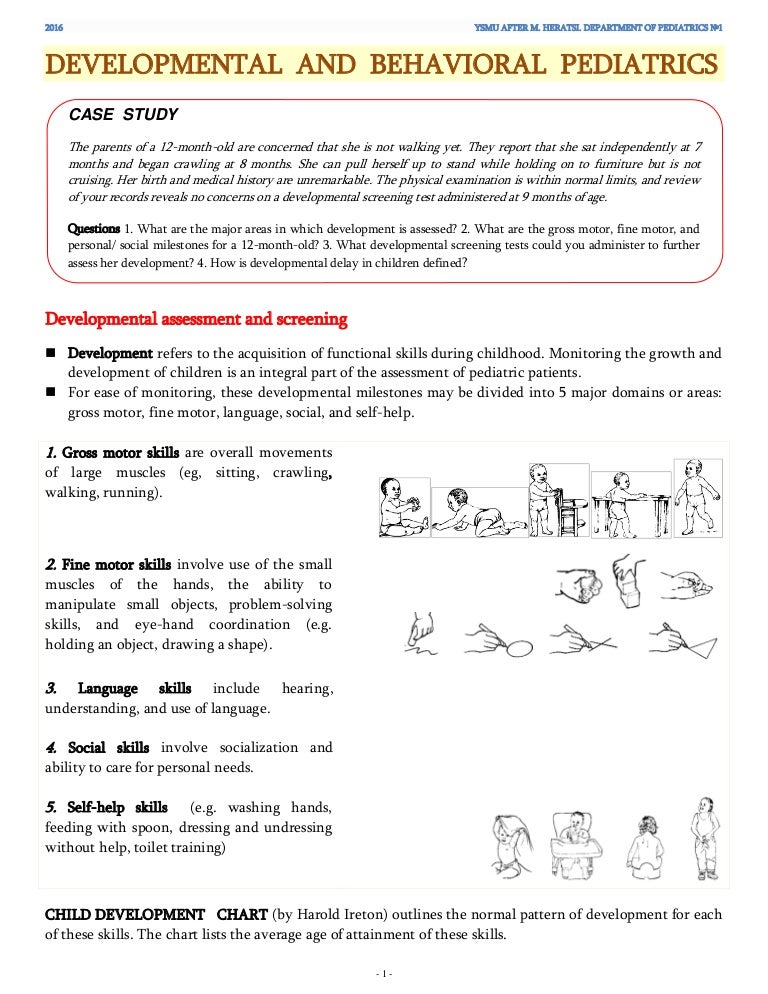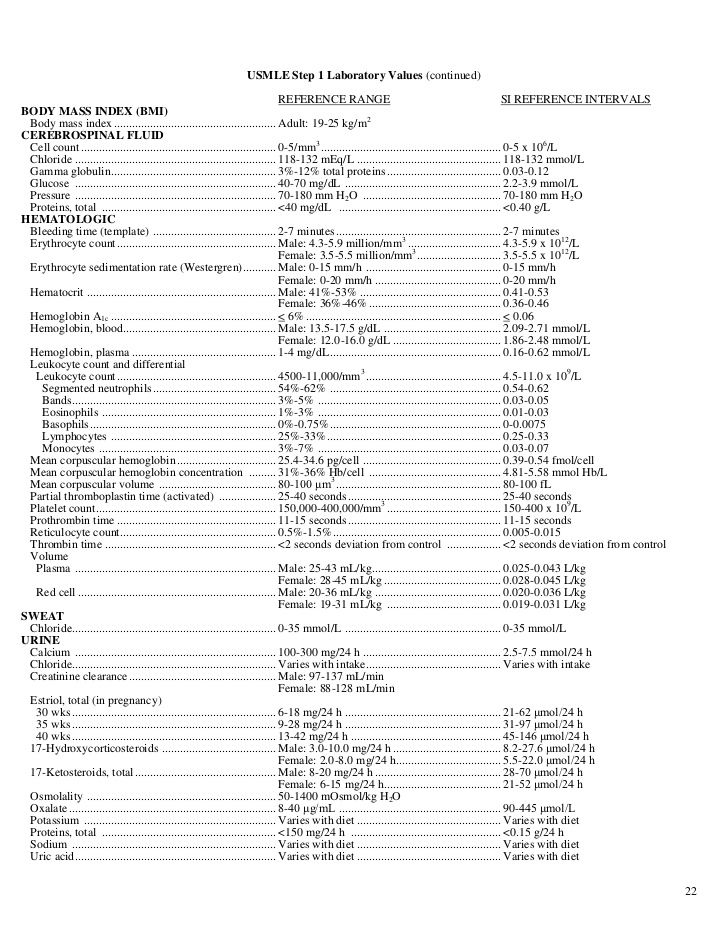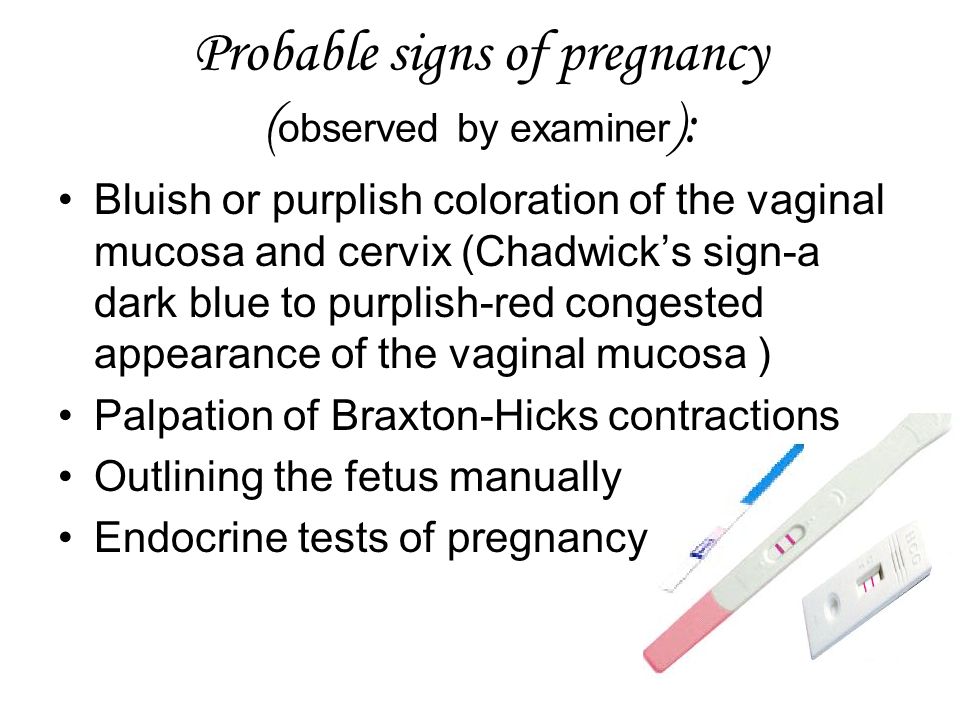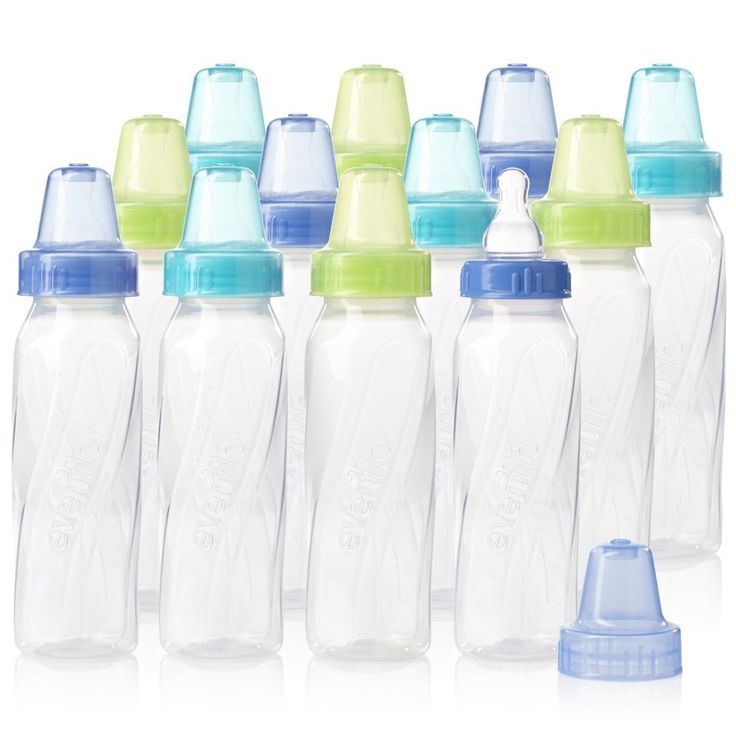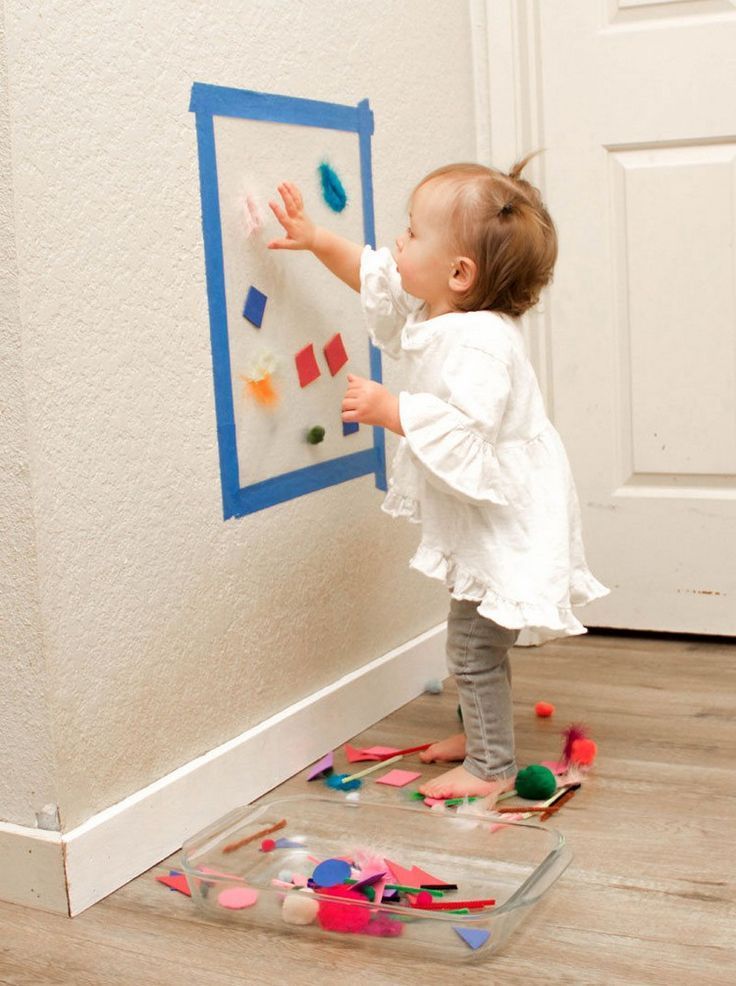Average age to begin crawling
When Do Babies Crawl? Averages and If You Should Worry
Your baby may be content to sit in one spot, captive for your admiring glances (and probably your camera, too). But you know what’s coming: crawling.
Your little one might not be mobile now, but pretty soon, they’ll be on the move. Are you ready? If not, get ready and learn how to prepare for this big milestone in your baby’s life.
It’s easy to get impatient waiting for your baby to start crawling. Your friend’s baby might be an early crawler, and it’s hard not to compare your child to theirs. But there’s a wide range of normal when it comes to crawling.
Most babies begin to creep or crawl (or scoot or roll) between 6 and 12 months. And for many of them, the crawling stage doesn’t last long — once they get a taste of independence, they start pulling up and cruising on the way to walking.
There’s more than one way for a baby to move from point A to point B without walking. In fact, there are a variety of crawling styles, and your baby will probably have a favorite one. And experts say that’s just fine. It’s all about getting from one place to another, after all.
Here are some of the most common styles, according to the American Academy of Pediatrics:
- Classic crawl. This is what everyone thinks about when they hear the word “crawl.” Your baby creeps across the floor on hands and knees, alternating hands with opposite knees, with their tummies off the floor.
- Bottom scoot. This is just like it sounds. Babies sit on their bottoms and push themselves along with their hands.
- Rolling. Why crawl when you can roll? You still get to where you’re going, right?
- Combat crawl. You might also hear this mode of transportation called the “commando crawl.” Babies lie on their bellies, with their legs out behind them, and pull or push themselves forward with their arms. No camouflage required.
- Crab crawl. In this variation, babies propel themselves forward with their hands while keeping their knees bent, like a little round crab scuttling across the sand.
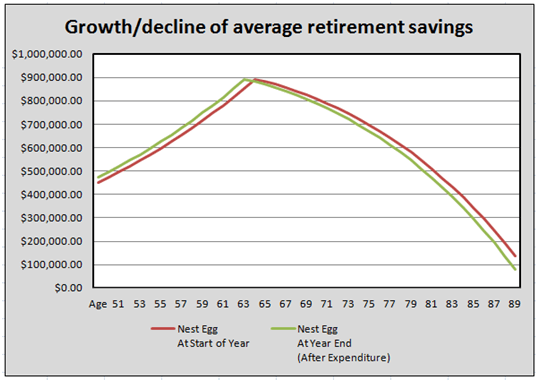
- Bear crawl. Remember the classic crawl? This is a variation on that style, except babies keep their legs straight, rather than bent.
When your baby’s playing on the floor, you’re probably already keeping a close eye on the situation. Start watching for the most common signs that your baby’s getting ready to crawl.
One sign is when babies are able to roll from their stomachs to their backs and vice versa. Another sign of readiness is when your baby manages to get herself from her stomach up into a seated position by herself.
Some babies will get up on their hands and knees and rock back and forth, while you hold your breath and wait to see if they start moving forward. Others even start to try to push or pull themselves with their arms when they’re lying on their stomachs, which you may recognize as the beginning of combat crawling. These are all cues that your baby may be about to start moving on.
Often, just when your back is turned, your baby will choose that moment to start crawling or scooting across the floor. Until then, you can encourage your baby to get ready to crawl with these strategies:
Until then, you can encourage your baby to get ready to crawl with these strategies:
Even young infants can benefit from some wiggle time on their bellies. Think of it as very early strength training. Tummy time really does help them develop strength in their shoulders, arms, and torso. Eventually, they’ll use those muscles to help them start crawling.
Create a safe spaceClear out an area in your home, perhaps your living room or your baby’s bedroom. Remove any potential hazards and make sure the area is safe. Let your baby have some unstructured, but supervised, free time to explore.
Tempt your baby with toysSet a favorite toy or maybe an intriguing new object just out of your baby’s reach. Encourage them to reach for it and see if they move themselves toward it. This can also prepare them for walking in the near future, which may be the next milestone on your mind.
In fact, research suggests that crawling babies who set their sights on objects across the room and retrieve them by the age of 11 months are more likely to be walking by 13 months.
Don’t wait until your baby’s on the move to start babyproofing your home. Go ahead and start addressing potential hazards such as:
- Cabinets. Install properly functioning safety latches and locks on cabinet doors and drawers, especially if they contain cleaning products, medicines, knives, matches, or other items that could harm your baby.
- Window coverings. That dangling cord from a set of blinds or curtains could be a very tempting object for your baby to grab, but it could also be a strangulation hazard.
- Stairs. A sturdy safety gate is a must-have, according to the U.S. Consumer Product Safety Commission, as it can keep a baby from tumbling down a set of stairs. Gates should be at both the top and bottom of stairs.
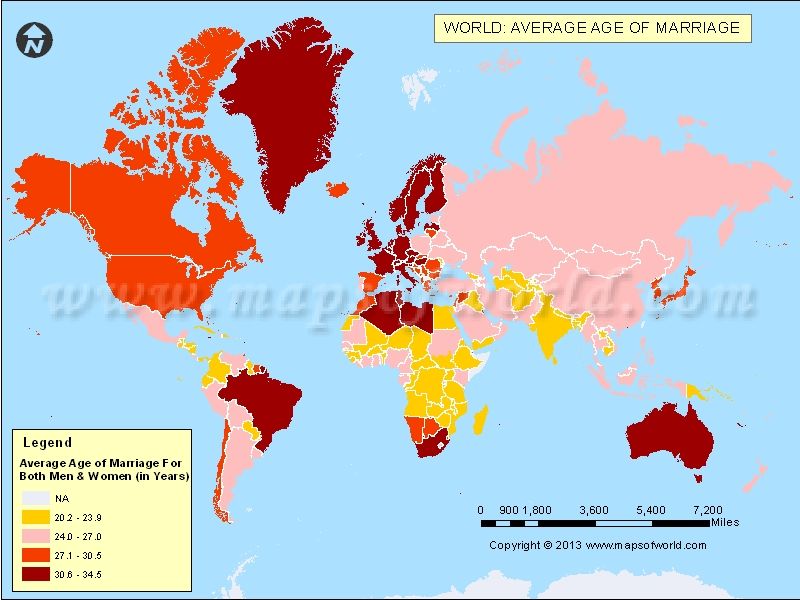
- Electrical outlets. Buy a stash of outlet covers and install them in all your outlets to keep curious fingers out.
- Sharp corners. Your coffee table may be beautiful, but if it has sharp corners, it’s also dangerous. Rubber corners and edges can make your furniture and fireplace safer for your baby on the go.
- Heavy objects and furniture. You can install anchors or other devices to secure televisions, bookshelves, and other heavy objects so your child doesn’t accidentally pull on one — and pull it on top of them.
- Windows. You can buy special window guards or safety netting to prevent falls from doors or balconies.
- Faucets. Anti-scald devices on faucets can prevent burns from super-hot water. (You might also adjust your hot water heater temperature.)
The National Safety Council also advises putting other hazardous items, like batteries and firearms, well out of the reach of your curious baby.
Some babies skip the whole crawling stage altogether. They go straight to pulling up to standing and cruising (walking with support from furniture or other objects). And before you know it, they’re walking — and you’re chasing them. Your baby might be part of this club. Eventually, almost all babies will join them.
At what point do you need to worry? Before you panic that your child is 9, 10, or 11 months old and not crawling yet, let’s run down your checklist. Have you:
- babyproofed your home?
- given your baby plenty of time to play on the floor?
- freed your baby from the stroller, crib, bouncy seat, or exersaucer as much as possible?
- encouraged your baby to streeeeetch for that toy just across the floor?
If you’ve done all those things, and your baby’s not experiencing any health problems or other developmental delays that could be an issue, it may just come down to one thing: patience. Yours, that is.
You may just have to watch and wait. Some babies just reach milestones a little later than others. Give your baby some time to experiment and figure it out.
Some babies just reach milestones a little later than others. Give your baby some time to experiment and figure it out.
But if your baby celebrates their first birthday and still doesn’t show any interest at all in crawling, pulling to stand, or cruising, go ahead and check in with your child’s doctor. If your little one isn’t using their arms and legs on both sides of their body or drags one side of their body, it may be worth investigating.
Occasionally, a baby might have a developmental issue or a neurological problem, and depending on the diagnosis, your child’s doctor might suggest trying occupational or physical therapy to address it.
It’s easy to get impatient when waiting for your baby to reach a new milestone, but babies tend to have their own time frames. Try to stay patient but give your baby lots of safe opportunities to gain the skills and confidence they need to start crawling, in whatever mode they prefer.
If you notice something that doesn’t seem quite right, it’s OK to check in with your baby’s pediatrician.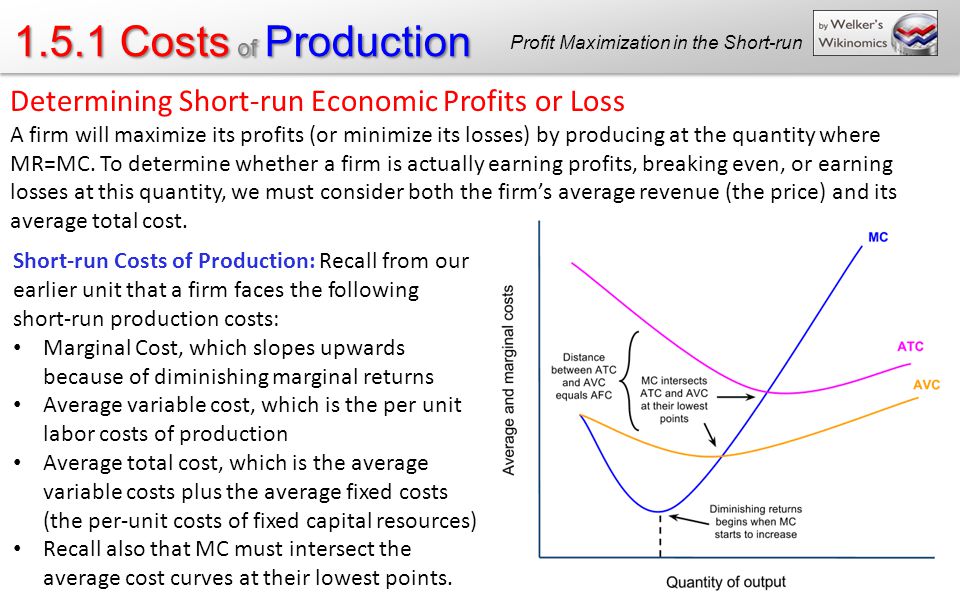 Trust your gut and speak up if you’re concerned.
Trust your gut and speak up if you’re concerned.
When Do Babies Crawl? Averages and If You Should Worry
Your baby may be content to sit in one spot, captive for your admiring glances (and probably your camera, too). But you know what’s coming: crawling.
Your little one might not be mobile now, but pretty soon, they’ll be on the move. Are you ready? If not, get ready and learn how to prepare for this big milestone in your baby’s life.
It’s easy to get impatient waiting for your baby to start crawling. Your friend’s baby might be an early crawler, and it’s hard not to compare your child to theirs. But there’s a wide range of normal when it comes to crawling.
Most babies begin to creep or crawl (or scoot or roll) between 6 and 12 months. And for many of them, the crawling stage doesn’t last long — once they get a taste of independence, they start pulling up and cruising on the way to walking.
There’s more than one way for a baby to move from point A to point B without walking. In fact, there are a variety of crawling styles, and your baby will probably have a favorite one. And experts say that’s just fine. It’s all about getting from one place to another, after all.
In fact, there are a variety of crawling styles, and your baby will probably have a favorite one. And experts say that’s just fine. It’s all about getting from one place to another, after all.
Here are some of the most common styles, according to the American Academy of Pediatrics:
- Classic crawl. This is what everyone thinks about when they hear the word “crawl.” Your baby creeps across the floor on hands and knees, alternating hands with opposite knees, with their tummies off the floor.
- Bottom scoot. This is just like it sounds. Babies sit on their bottoms and push themselves along with their hands.
- Rolling. Why crawl when you can roll? You still get to where you’re going, right?
- Combat crawl. You might also hear this mode of transportation called the “commando crawl.” Babies lie on their bellies, with their legs out behind them, and pull or push themselves forward with their arms.
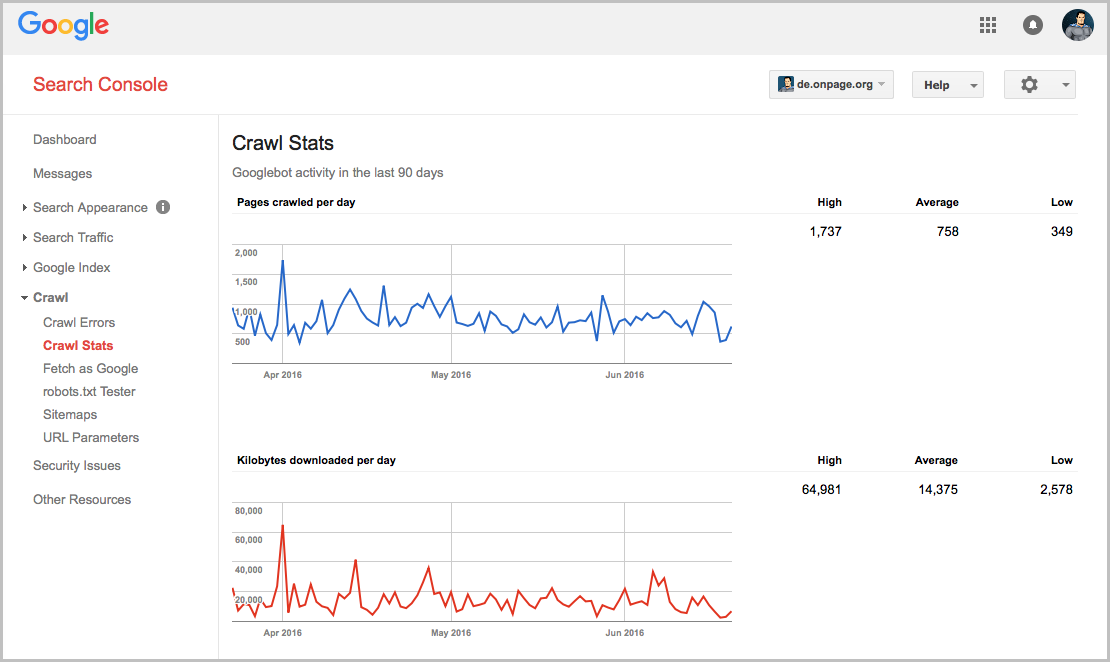 No camouflage required.
No camouflage required. - Crab crawl. In this variation, babies propel themselves forward with their hands while keeping their knees bent, like a little round crab scuttling across the sand.
- Bear crawl. Remember the classic crawl? This is a variation on that style, except babies keep their legs straight, rather than bent.
When your baby’s playing on the floor, you’re probably already keeping a close eye on the situation. Start watching for the most common signs that your baby’s getting ready to crawl.
One sign is when babies are able to roll from their stomachs to their backs and vice versa. Another sign of readiness is when your baby manages to get herself from her stomach up into a seated position by herself.
Some babies will get up on their hands and knees and rock back and forth, while you hold your breath and wait to see if they start moving forward. Others even start to try to push or pull themselves with their arms when they’re lying on their stomachs, which you may recognize as the beginning of combat crawling.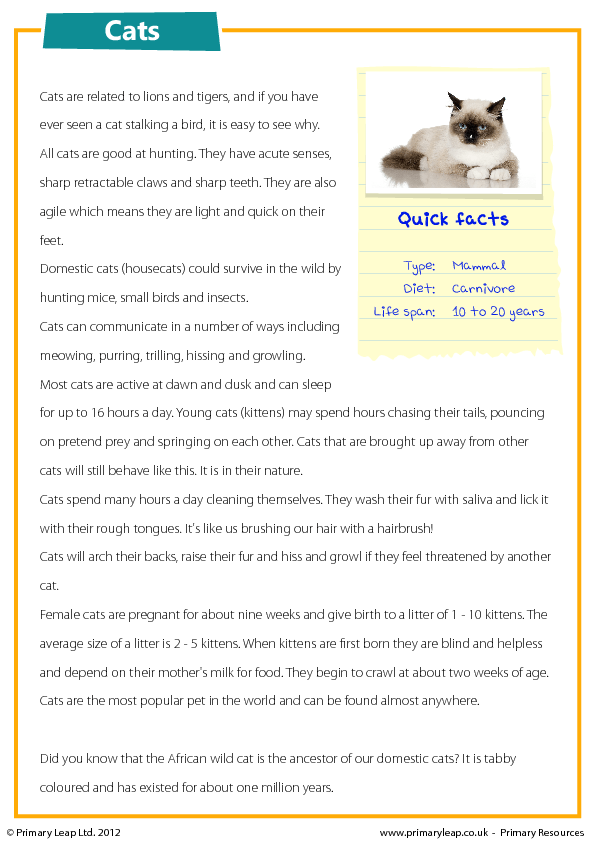 These are all cues that your baby may be about to start moving on.
These are all cues that your baby may be about to start moving on.
Often, just when your back is turned, your baby will choose that moment to start crawling or scooting across the floor. Until then, you can encourage your baby to get ready to crawl with these strategies:
Give your baby lots of tummy timeEven young infants can benefit from some wiggle time on their bellies. Think of it as very early strength training. Tummy time really does help them develop strength in their shoulders, arms, and torso. Eventually, they’ll use those muscles to help them start crawling.
Create a safe spaceClear out an area in your home, perhaps your living room or your baby’s bedroom. Remove any potential hazards and make sure the area is safe. Let your baby have some unstructured, but supervised, free time to explore.
Tempt your baby with toysSet a favorite toy or maybe an intriguing new object just out of your baby’s reach. Encourage them to reach for it and see if they move themselves toward it. This can also prepare them for walking in the near future, which may be the next milestone on your mind.
Encourage them to reach for it and see if they move themselves toward it. This can also prepare them for walking in the near future, which may be the next milestone on your mind.
In fact, research suggests that crawling babies who set their sights on objects across the room and retrieve them by the age of 11 months are more likely to be walking by 13 months.
Don’t wait until your baby’s on the move to start babyproofing your home. Go ahead and start addressing potential hazards such as:
- Cabinets. Install properly functioning safety latches and locks on cabinet doors and drawers, especially if they contain cleaning products, medicines, knives, matches, or other items that could harm your baby.
- Window coverings. That dangling cord from a set of blinds or curtains could be a very tempting object for your baby to grab, but it could also be a strangulation hazard.
- Stairs. A sturdy safety gate is a must-have, according to the U.
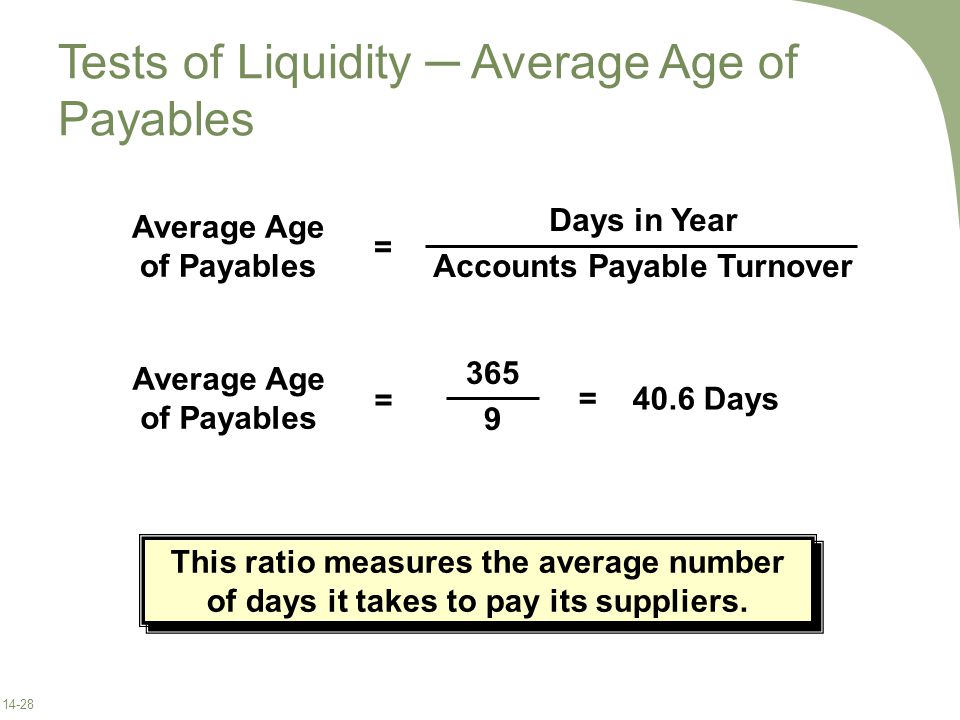 S. Consumer Product Safety Commission, as it can keep a baby from tumbling down a set of stairs. Gates should be at both the top and bottom of stairs.
S. Consumer Product Safety Commission, as it can keep a baby from tumbling down a set of stairs. Gates should be at both the top and bottom of stairs. - Electrical outlets. Buy a stash of outlet covers and install them in all your outlets to keep curious fingers out.
- Sharp corners. Your coffee table may be beautiful, but if it has sharp corners, it’s also dangerous. Rubber corners and edges can make your furniture and fireplace safer for your baby on the go.
- Heavy objects and furniture. You can install anchors or other devices to secure televisions, bookshelves, and other heavy objects so your child doesn’t accidentally pull on one — and pull it on top of them.
- Windows. You can buy special window guards or safety netting to prevent falls from doors or balconies.
- Faucets. Anti-scald devices on faucets can prevent burns from super-hot water. (You might also adjust your hot water heater temperature.
 )
)
The National Safety Council also advises putting other hazardous items, like batteries and firearms, well out of the reach of your curious baby.
Some babies skip the whole crawling stage altogether. They go straight to pulling up to standing and cruising (walking with support from furniture or other objects). And before you know it, they’re walking — and you’re chasing them. Your baby might be part of this club. Eventually, almost all babies will join them.
At what point do you need to worry? Before you panic that your child is 9, 10, or 11 months old and not crawling yet, let’s run down your checklist. Have you:
- babyproofed your home?
- given your baby plenty of time to play on the floor?
- freed your baby from the stroller, crib, bouncy seat, or exersaucer as much as possible?
- encouraged your baby to streeeeetch for that toy just across the floor?
If you’ve done all those things, and your baby’s not experiencing any health problems or other developmental delays that could be an issue, it may just come down to one thing: patience.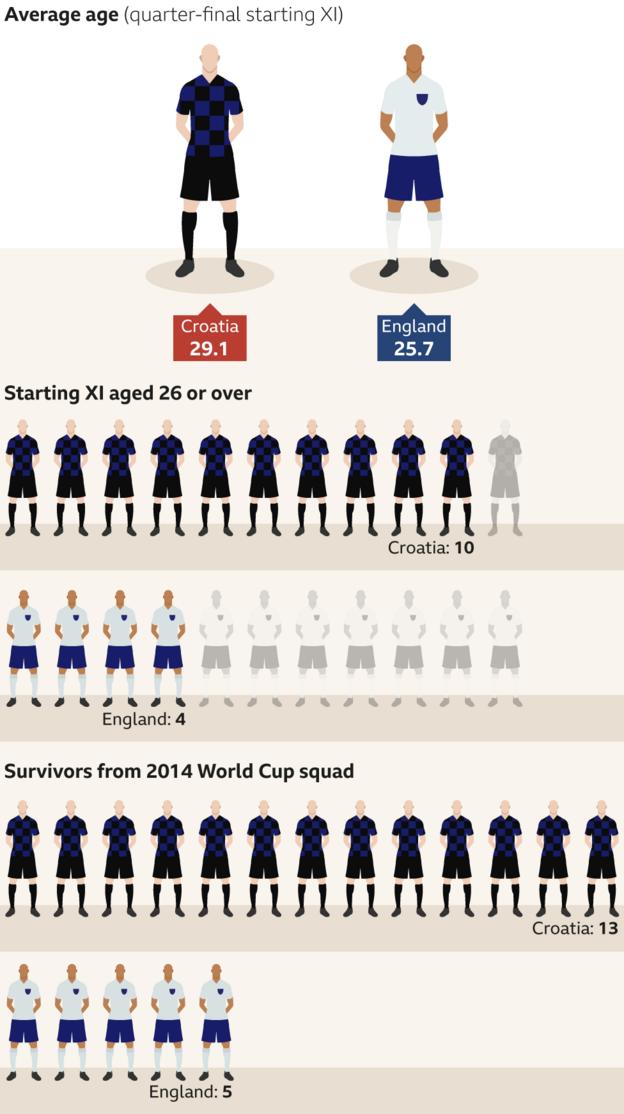 Yours, that is.
Yours, that is.
You may just have to watch and wait. Some babies just reach milestones a little later than others. Give your baby some time to experiment and figure it out.
But if your baby celebrates their first birthday and still doesn’t show any interest at all in crawling, pulling to stand, or cruising, go ahead and check in with your child’s doctor. If your little one isn’t using their arms and legs on both sides of their body or drags one side of their body, it may be worth investigating.
Occasionally, a baby might have a developmental issue or a neurological problem, and depending on the diagnosis, your child’s doctor might suggest trying occupational or physical therapy to address it.
It’s easy to get impatient when waiting for your baby to reach a new milestone, but babies tend to have their own time frames. Try to stay patient but give your baby lots of safe opportunities to gain the skills and confidence they need to start crawling, in whatever mode they prefer.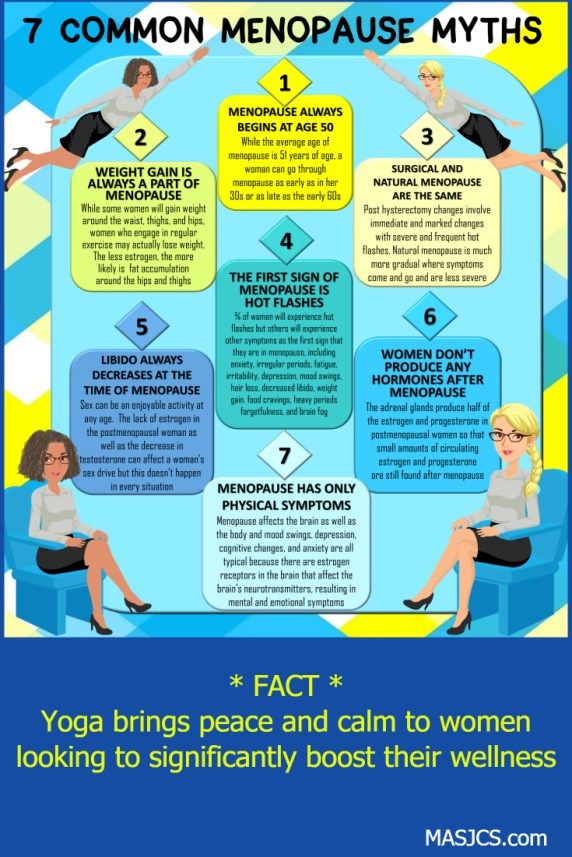
If you notice something that doesn’t seem quite right, it’s OK to check in with your baby’s pediatrician. Trust your gut and speak up if you’re concerned.
What time do babies start crawling and how to help them
September 21, 2019LikbezAdvice
Six months, a year, never. All answer options are correct.
Share
0Crawling is a child's first huge step towards independence. And everyone is free to do it as they please.
What does it take for babies to start crawling? He must have sufficiently strong muscles of the back, neck, shoulders, arms and abdomen. While crawling, so-called binocular vision is involved: the ability to focus both eyes on the same object. Not the last role is played by the developed visual-spatial perception.
Rally McAllister
MD, MH, author of children's health books
Crawling helps children learn to navigate and train their memory. For example, he begins to understand that in order to get to the toy basket, you need to move around the table.
What time do babies start crawling
According to WHO's Motor Development Study: Windows of achievement for six gross motor development milestones, most babies crawl between 6 and 11 months of age. Approximately half of them master the movement on all fours by 8.3 months of age. A little more than 4% skip the crawling stage altogether, immediately get up on their feet and try to walk.
There are several reasons why some babies crawl earlier than others:
- Genetics. Yes, some are born to crawl almost from the cradle.
- Weight. Thin, well-muscled children predictably master difficult movements ahead of their chubbier peers.
- Time spent on the stomach. Babies who are more awake while lying on their stomachs start crawling earlier on average. They put more effort into getting up and looking around than if they were lying on their back. As a result, the muscles of the neck, arms and back, necessary for crawling, are strengthened.
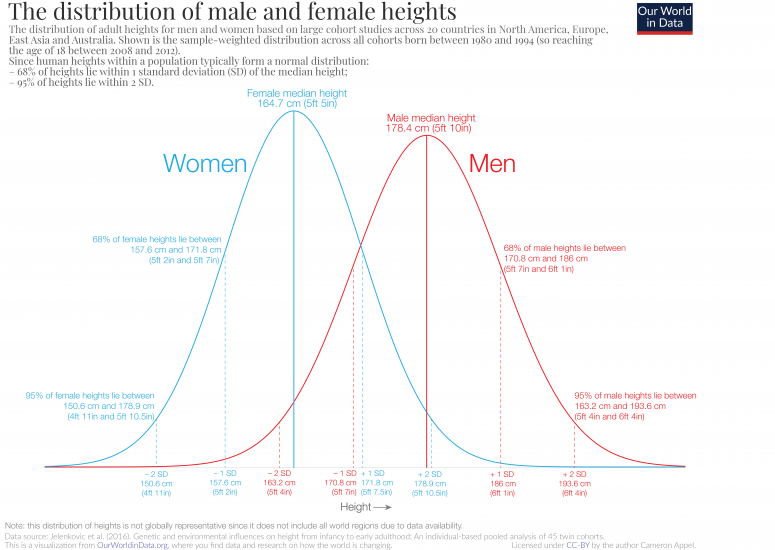
Why don't all babies crawl the same way
Babies are not programmed to crawl in any particular way. They simply experiment with different modes of transportation and eventually settle on the most effective for themselves. And that's okay.
Stomach
Approximately half of babies begin crawling by choosing one of the following styles or alternating between them.
1. On the bellies rivm.nl
The child leans on his elbows and pulls himself forward with one or the other handle, leaning slightly on his side.
2. Style
seal kidspot.com.auBaby pushes himself with both arms at the same time, rising slightly and then hitting his stomach on the floor.
3. Style
“frog” lovevery.comLying on his stomach, the child pushes off with his feet and “rows” with his legs, as if swimming like a frog.
On all fours
Babies usually go from belly to all fours fairly quickly.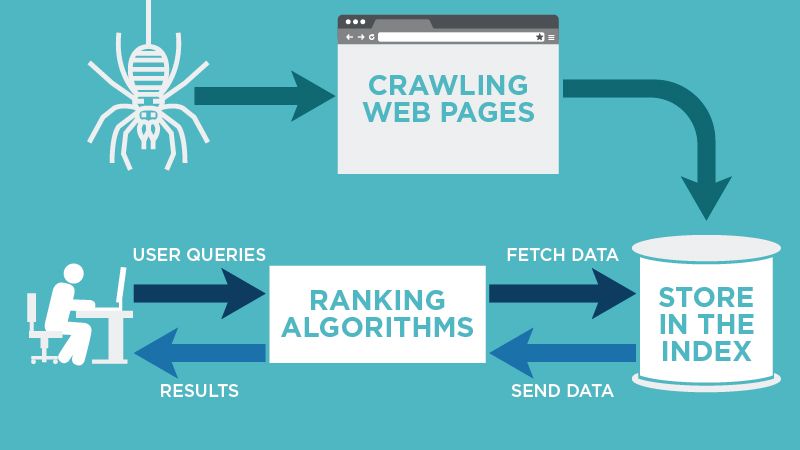 Which is quite understandable: try to crawl yourself at least a little like a plastuna or like a seal - and you will understand what an energy-consuming and even painful task it is.
Which is quite understandable: try to crawl yourself at least a little like a plastuna or like a seal - and you will understand what an energy-consuming and even painful task it is.
Some children spare their bellies and immediately begin to crawl like an adult, that is, relying on four limbs. And here, too, options are possible.
1. Classic style
babycenter.comBaby walks with bent legs and outstretched arms.
2. Style
"crab" parenting.firstcry.comBaby walks backwards, looking between his legs, or moves sideways.
3. Style
“bear” latinamoms.comSimilar to the classic method, only the child does not lean on his knees, but on outstretched legs, raising his buttocks up.
4. Scooter style
youtube.comThe kid leans on his hands, bends one leg at the knee, and pushes off the other as if riding a scooter.
Other options
Crawling on your stomach is difficult and unpleasant, and to move on all fours you need to develop a delicate sense of balance. Some children prefer to take the easier route.
Some children prefer to take the easier route.
1. Rolls
cherbebesleep.comThe child moves around the room, rolling from side to side.
2. Fidgeting
move2connect.comThe baby fidgets on the buttocks and thus moves from one point to another, sometimes helping himself with his hands. According to the anthropologists of Crawling May Be Unnecessary for Normal Child Development, these movements most likely replaced crawling in our ancestors even before the development of agriculture and a sedentary lifestyle.
This is exactly what happens to this day in the hunter-gatherer tribe of Papua New Guinea. There, babies up to a year spend 86% of the time sitting in a sling on their mother's back. Sometimes they are planted on the buttocks and almost never spread on the stomach. It is clear that in such conditions children cannot learn to crawl. But they don't suffer from it.
Is there any way to help the child
Perhaps the best thing parents can do is to stop paying attention to the achievements of neighbor children.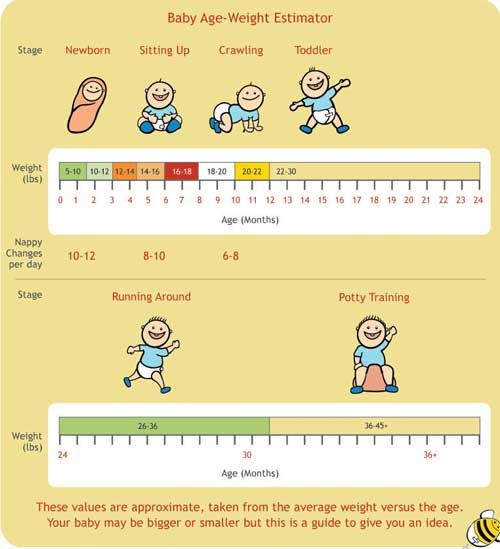 And rejoice in the success of your child. And so that they are not overshadowed by troubles, take care of the safety of the baby in advance.
And rejoice in the success of your child. And so that they are not overshadowed by troubles, take care of the safety of the baby in advance.
- Hide wires and plug sockets.
- Make sure all furniture is secure. It’s better to temporarily remove something that is easy to overturn: a floor lamp, an ironing board, a light bookcase, houseplants in large pots.
- Move souvenirs, money, cosmetics, medicines, cleaning products and detergents out of reach. In the best case, the baby will scatter, spill, break or break something. At worst, swallow it.
- Wash and dust floors daily.
- Check the floor regularly for coins, corks and other small items. Remember that young explorers always put everything in their mouths.
- Cover a hard floor (parquet, tile) with a baby rug or blanket to reduce stress on your knees.
- Keep hot food and drinks away from the edge of the table.
- Make sure there are no piercing or cutting objects within the child's reach.

Of course, it is impossible to foresee everything. But better put your energy into organizing a friendly space and developing a healthy habit of not throwing things around. With the rest of the tasks, the baby can handle it on its own.
When to worry
So, it doesn't matter at all if a child can crawl in the classical sense of the word. Often young experimenters mix styles, switch from one to another, or develop their own special method. In any case, it is not technology that is important, but a keen interest in the development of space.
The cause for concern is the lack of any progress in movement. If by 12 months the baby has not begun to actively move around the room, it is necessary to consult a pediatrician. However, it is not necessary to wait a year. If something is bothering you right now, talk to a pediatrician you trust and calm down.
Read also 👶☀️🐣
- How to teach a child to speak
- How to make a home safe for a child
- How to put a child to bed without tantrums: 7 tips for parents
- How to raise an independent child: the lazy mother method
- What to do if a child has a fever
What time do babies start crawling and how can I help them with this
Published:
Crawling can be considered the beginning of a child's autonomy. He independently moves and gets acquainted with the world around him. At what age the baby will start to crawl and how to help him prepare for this important stage, said Dan Brennan, MD, and the authors of Healthline.
He independently moves and gets acquainted with the world around him. At what age the baby will start to crawl and how to help him prepare for this important stage, said Dan Brennan, MD, and the authors of Healthline.
When babies start to crawl and why it matters
Parents always look forward to when their baby starts to crawl. However, there is no exact date and even a clear deadline for when to expect this event. Each baby develops at their own pace, so you can focus on the average range, but at the same time give the child enough time to prepare for mastering a new skill.
What time do babies start crawling? Most babies start crawling (sliding, rolling) between 6 and 12 months. For many of them, the crawling stage does not last long, once they get a taste of independence, they begin to pull themselves up behind furniture and walk with support, writes Healthline magazine.
What is the significance of crawling for a child? The kid learns to control his arms and legs, to get to interesting objects, which makes him more autonomous. Crawling helps children understand their abilities. They begin to realize how to properly regulate their movement in order to climb, descend and cross different types of surfaces and obstacles. Crawling allows the child to support their own weight with their arms and hands. This will help develop muscle strength and fine motor skills, which are important for dressing, eating and writing, writes Dan Brennan, MD.
Crawling helps children understand their abilities. They begin to realize how to properly regulate their movement in order to climb, descend and cross different types of surfaces and obstacles. Crawling allows the child to support their own weight with their arms and hands. This will help develop muscle strength and fine motor skills, which are important for dressing, eating and writing, writes Dan Brennan, MD.
How can you tell if a baby is crawling? The first sign is that the baby is able to roll over from his stomach to his back and vice versa. The second will be that the child manages to independently rise from the abdomen to a sitting position. Some children get on their hands and knees and rock back and forth. Many begin to try to push or pull themselves with their hands when they are lying on their stomach. These are all signs that the baby may soon begin to move independently, explains Healthline.
When people imagine a crawling baby, most see him on his hands and knees. Although this is the most common crawling style, infants also move around:
Although this is the most common crawling style, infants also move around:
- Crawling backwards: the child crawls or leans back with the help of legs and buttocks.
- Classic crawling: baby uses hands and knees to get around.
- Commando crawl: the child lies on his stomach and uses only his hands to move.
- Crab Crawl: Similar to the classic crawl, but the child keeps their knees on the ground and moves with their arms and legs.
- Sitting crawl: baby sits upright and uses his legs and bottom to move around.
When does a child get on all fours? As Sarah Charmley writes, this can happen from 7 to 10 months. At this age, the child already knows how to sit and is looking for an opportunity to move independently. However, it must be remembered that not all children crawl. Some push off the floor when they sit, while others immediately get to their feet and take their first steps with support. All of these options are considered normal.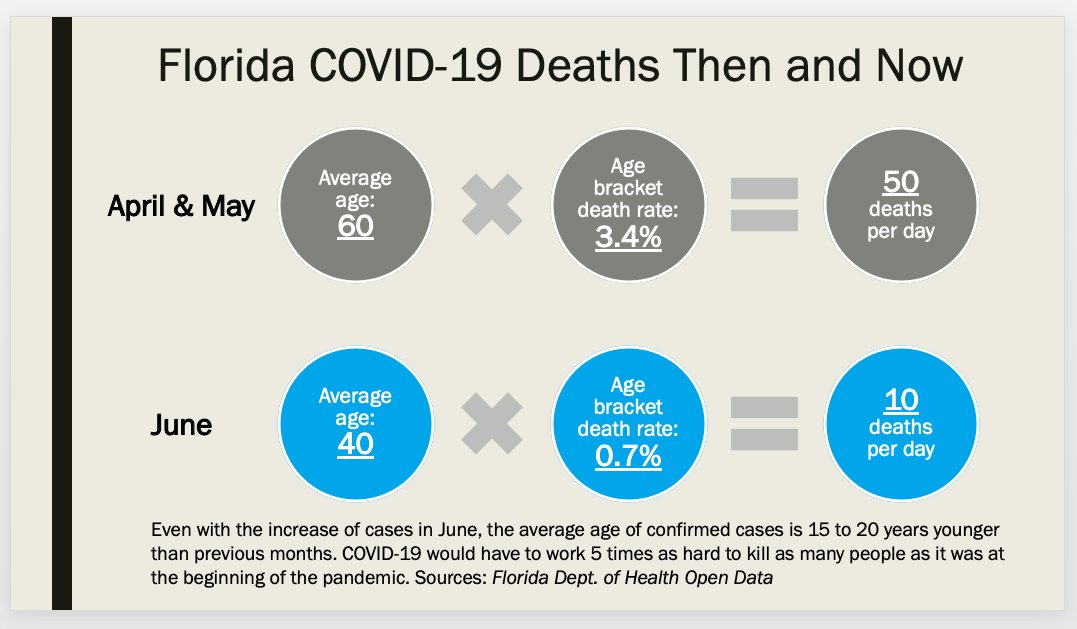
How to prepare a child to crawl
Advice from Dan Brennan, MD, and Healthline contributors, to help your baby navigate a new developmental milestone:
- When your baby is on their tummy, give them attention and don't let them get bored. Do not leave the baby, keep him safe.
- Give your child toys in a way that makes them reach for them. This will help strengthen the muscles. Make sure that this workout lasts no more than 5 minutes.
- Reduce the amount of time your child spends in walkers, swings and other devices. They slow down the development of the musculoskeletal system. Give your baby more time to play on the floor or in bed.
- Create a comfortable play space. It can be a special game mat or any comfortable surface. Make sure that this space does not contain dangerous objects, but there are toys or other interesting objects.
- Dress your child in comfortable clothing.
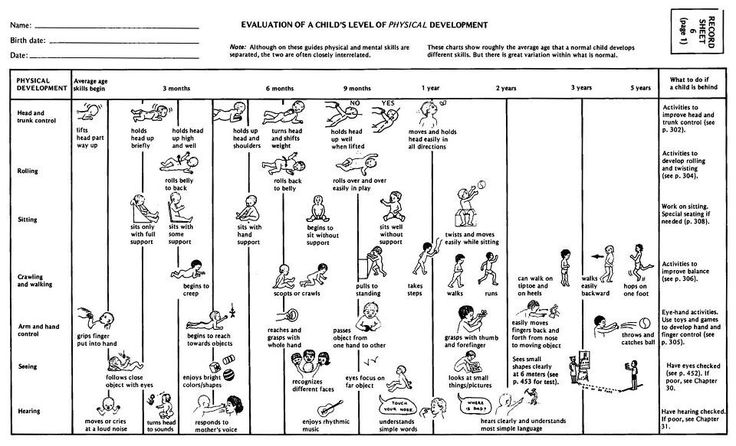 Make sure that the baby does not feel discomfort from rubbing against the coating on which he moves.
Make sure that the baby does not feel discomfort from rubbing against the coating on which he moves. - Get on all fours with your child. Sometimes a child needs an example to start moving. He can begin to imitate the movement and learn a new skill sooner.
One of the main tasks of parents during the period of preparing the baby for crawling is to make the home safe for the child. To do this:
- remove all small items that may present a risk of suffocation;
- close and place medicines, cosmetics, household chemicals in closed cabinets;
- fix furniture that wobbles and may fall;
- cover sharp corners of furniture;
- tuck the strings from the blinds and curtains up;
- install protective covers on sockets, nets and additional locking fittings on windows.
You should always remember that children move much faster than you might think, so they should not be left unattended even for a minute. Even if you have taken care of the safety of the premises, you still need to be careful and vigilant. Toddlers always exceed expectations in speed, agility and ingenuity.
Toddlers always exceed expectations in speed, agility and ingenuity.
Should I be worried if my 7-10 month old baby doesn't crawl or walk? Healthline explains that if the baby has reached the other stages of development, and crawling seems to be the only skill that he has not yet mastered, there is nothing to worry about.
You should consult a doctor if your baby:
- does not support his weight even with support;
- cannot sit;
- does not babble;
- does not play simple games;
- does not respond to his name;
- do not recognize familiar people;
- doesn't look where they show him;
- does not transfer toys from one hand to the other.
This may be evidence of complex disorders, but only a doctor can draw conclusions about the development of an infant.
Crawling is a skill that most babies learn without problems. Be patient, don't rush your child, and help him explore the world comfortably at his own pace.